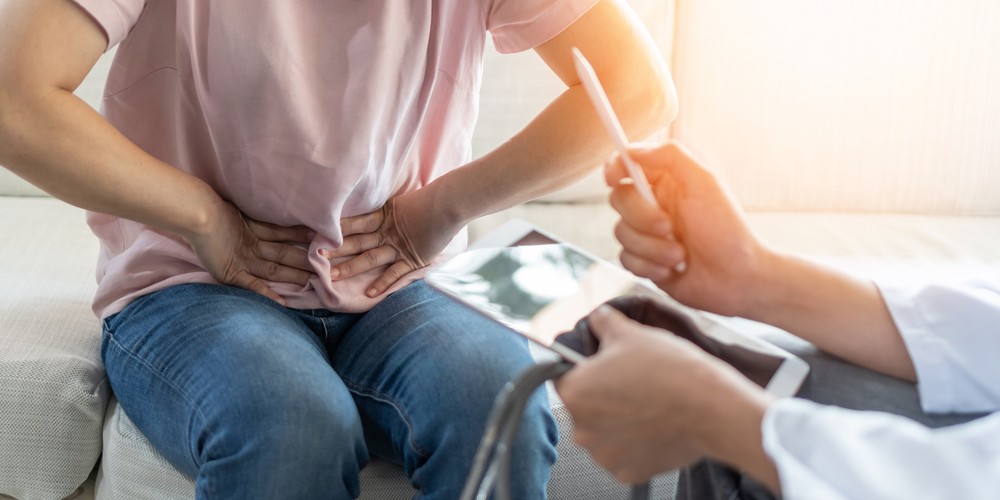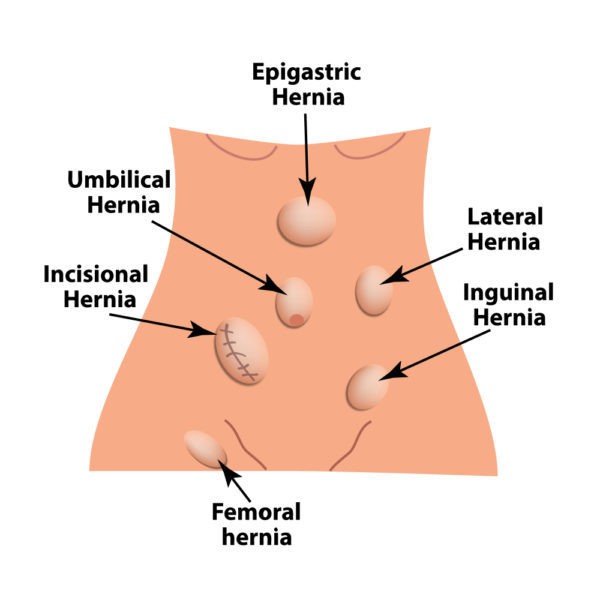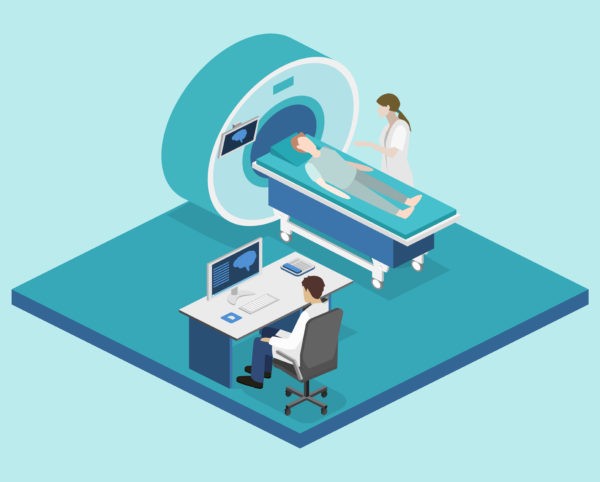
Firstly, the short answer to the question of whether a hernia will get worse or not is a simple yes. The longer you ignore it, the worse it gets.
What started as discomfort or swelling can turn into something fatal. The pain can spread from the affected area to the hip, back, or lower portion of the body. The pain can affect all aspects of your life- your job, your family, your social life and even your sex life with your partner.
Hence, before the problem turns into something catastrophic it is best to visit the doctor’s clinic as soon as you feel any swelling, lump or pain in any part of the body.
Table of Contents
When Should I Go To The Doctor?
A doctor diagnoses a hernia based on-
- The type of hernia you have developed
- Your symptoms and medical history
- Possible blood tests or imaging scans of the affected area
Step 1- Different Kinds of Hernia That Can Develop-

The doctor first checks the location of the hernia to check the kind of hernia you have developed. Firstly, a hernia can occur in any part of the body but a hernia mostly likely develops in or around the stomach area. The types of hernia that develop in and around the stomach, abdomen or chest are-
- Hiatal hernia– This hernia occurs in the upper part of the stomach. Are you wondering what is a hiatus? It is simply the opening in the diaphragm that separates the chest area and the abdomen. This is the most common type of hernia that majorly occurs in people over 50. The hiatal hernia can be further divided into two types-
- Sliding hiatal hernia
- Paraesophageal hiatal hernia
- Epigastric hernia– This type of hernia develops when small layers of fat push through the wall of the stomach between the breast bone and the belly button. Unfortunately, you can develop multiple epigastric hernias at a time. This type of hernia shows no symptoms and can be treated only with surgery.
- Incisional hernia– This develops after abdominal surgery. This happens when you don’t take proper care of the incisions which results in bulging through the scar. This can also happen if the mesh lining has displaced which causes the intestines to slip out of the mesh, leading to a protrusion.
- Umbilical hernia– The most common type of hernia that develops in babies. But umbilical hernias can also develop in adults as well. There is swelling near the navel whenever the infant cries.
Also Read: Things To Do and Avoid During Hernia
Step 2- Try Looking For These Symptoms
The most common symptoms of an external hernia are-
An external hernia is the one in which a bulge can be seen or felt. For instance, umbilical hernias, femoral hernias, incisional hernias and inguinal hernias are types of external hernia. While an internal hernia is the ones that do not create any bulge or swelling. Hiatal hernia is an example.
- A visible lump or bulge near the groin or abdomen
- A bulge that pushes back or disappears when you are lying down
- The size of the bulge increases over time
- In men, swelling, pain or bulging in the groin or scrotum
- Pain, burning or aching sensation near the bulge
- Pain when you cough, bend over or lift heavy objects
- A feeling of heaviness near the groins
- Weakness or feeling pressure in the groins
- A feeling of being full or bowel obstruction

Although there are no most common symptoms of hiatal hernia, it does cause acid reflux. Some of the symptoms of acid reflux are-
- Heartburn which means there is a burning sensation in the upper chest
- An acidic, bitter, or sour taste at the back of the throat
- Bloating in the stomach
- Frequent burping
- Discomfort or pain in the stomach or food pipe
Most importantly, a hiatal hernia can also cause chest pain, which is a symptom of a heart attack. If you are having chest pain or know someone experiencing one, then take that person to the hospital immediately without wasting any time.
Step 3- Imaging Tests

Generally, the doctor diagnoses the condition by this step. But, doctors recommend some additional blood tests and imaging tests just to confirm their assumption. Some common imaging to diagnose a hernia included-
- Ultrasound– In this test, doctors send sound waves to create an image of the abdomen and pelvic organs. This test is prescribed to assess for inguinal or scrotal hernias in men.
- Computed Tomography (CT Scan)– This procedure includes creating images using X-rays to create images of the abdomen and the organs.
- Magnetic Resonance Imaging (MRI)– An MRI scan largely detects a tear in the abdominal muscles when there is extreme pain but not bulge present. This procedure uses radio magnetic waves to create images of the abdomen.
After analyzing the test results, the doctor prescribes the treatment.
Treatment for a Hernia
Leaving a hernia untreated for long is not advisable. This can lead to the strangulation (blood supply cut off) of the protruded organ. This can turn out to be fatal which can lead to infection, gangrene, intestinal perforation, shock, or even death.
The treatment of hernia largely includes hernia-repair surgery either through the open method or laparoscopy. Out of these two, laparoscopic hernia repair is the most effective one. This is a key-hole surgery that uses a specialized device with a camera on top. This procedure ensures minimum bleeding, almost no pain and a faster recovery.
Fortunately, you’ll be glad to know that our Pristyn Care doctors perform only laparoscopic method with mesh technology to cure all kinds of hernia once for and all.
Also Read: Precautions to be taken after Hernia Surgery







